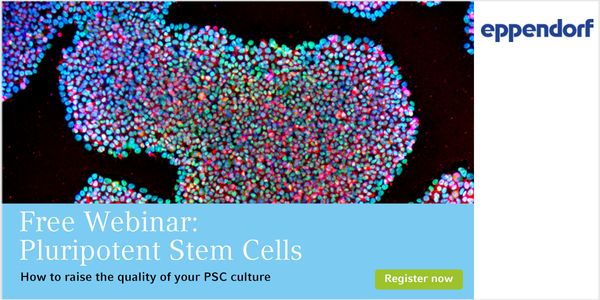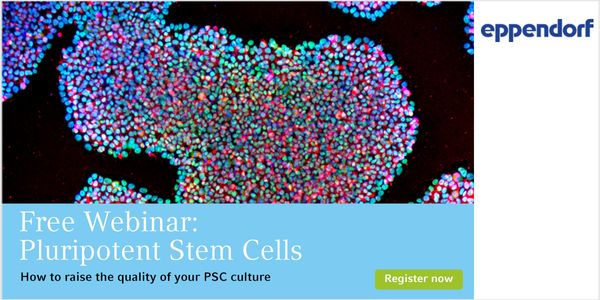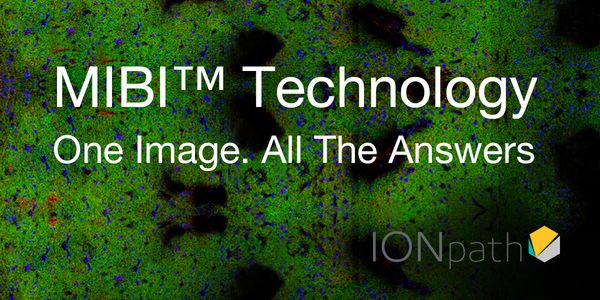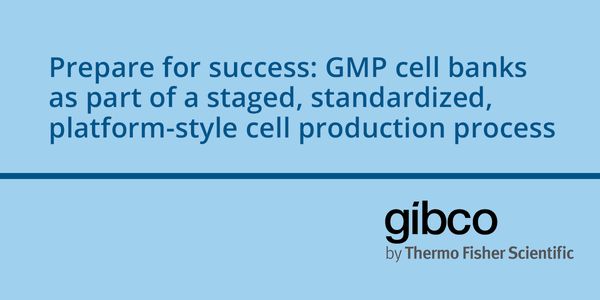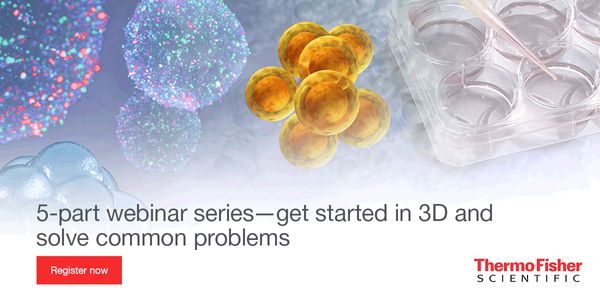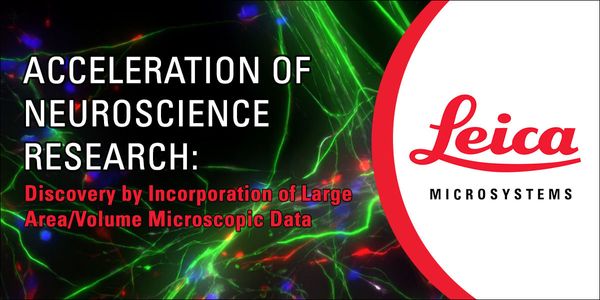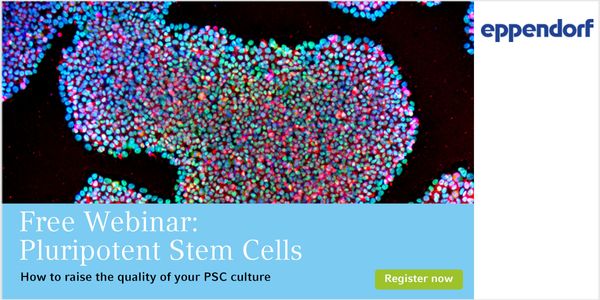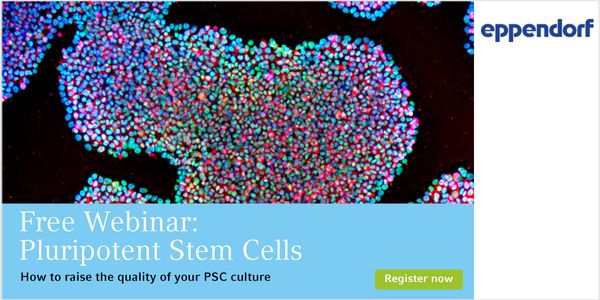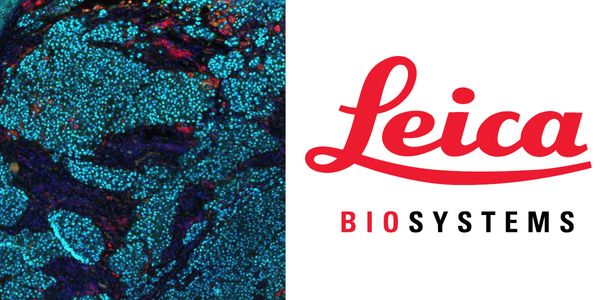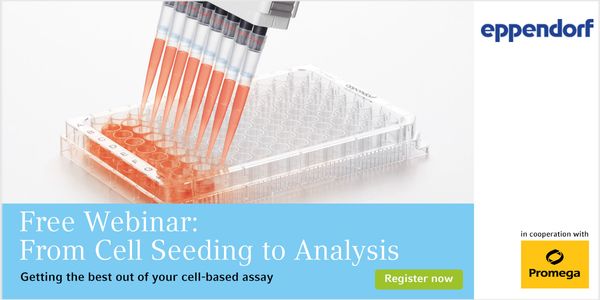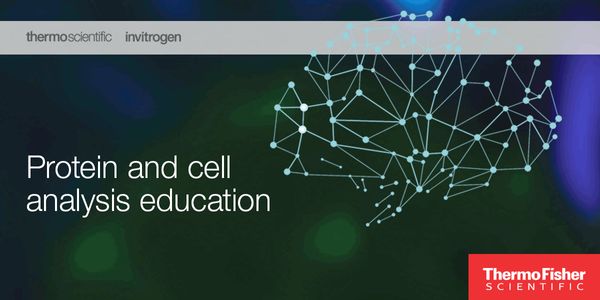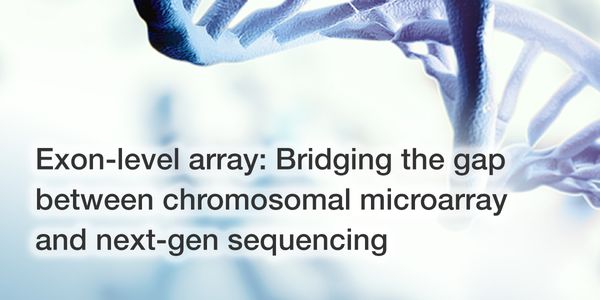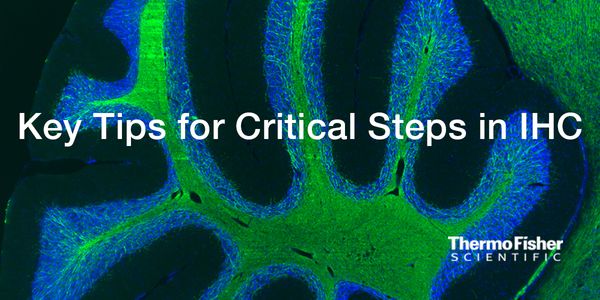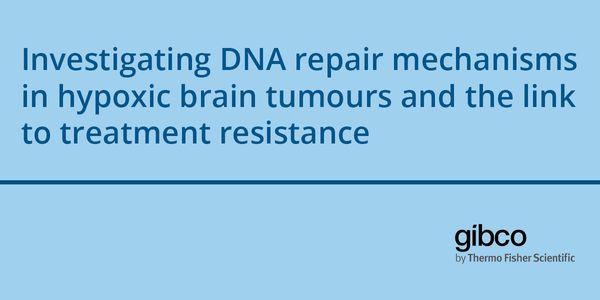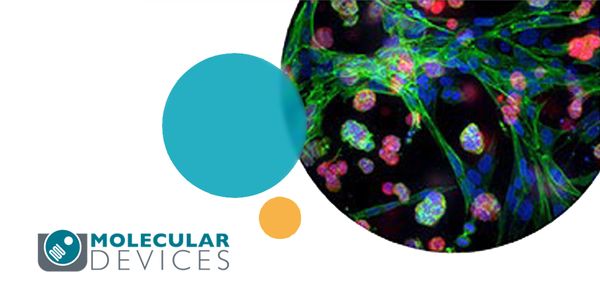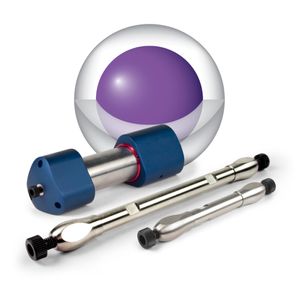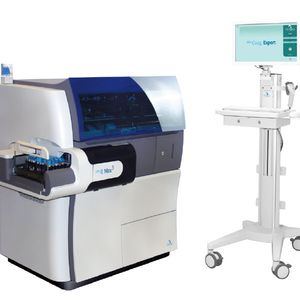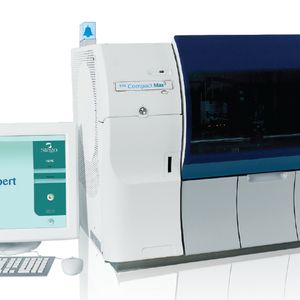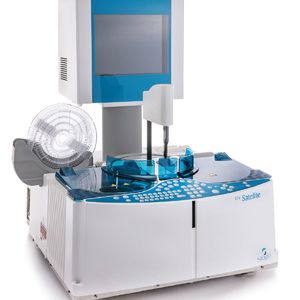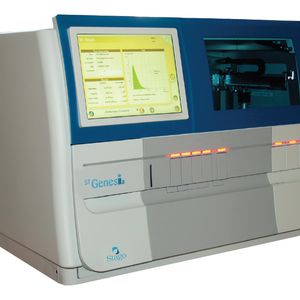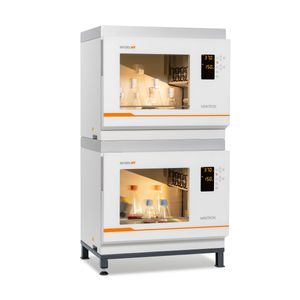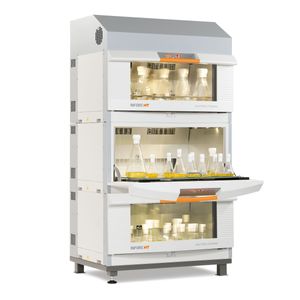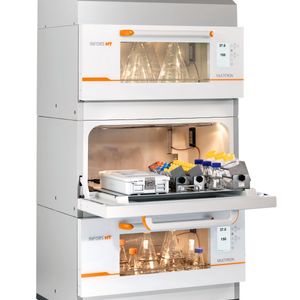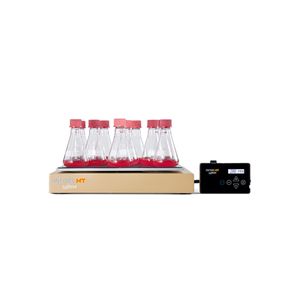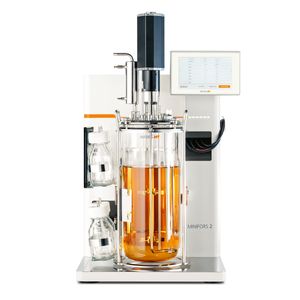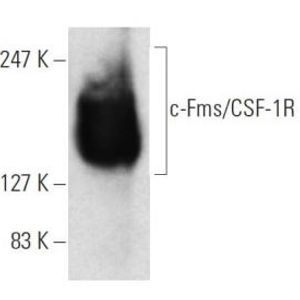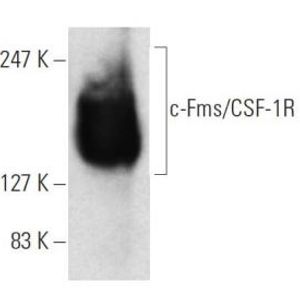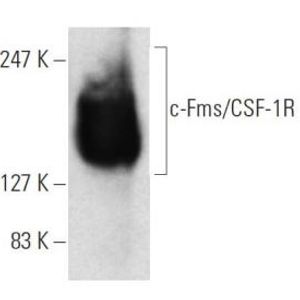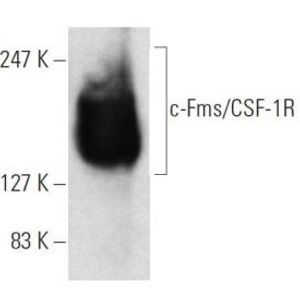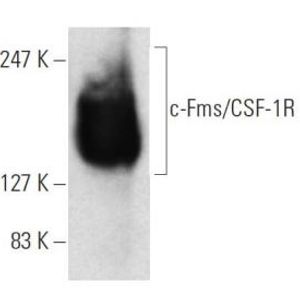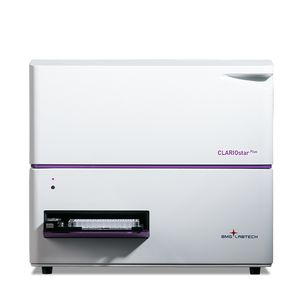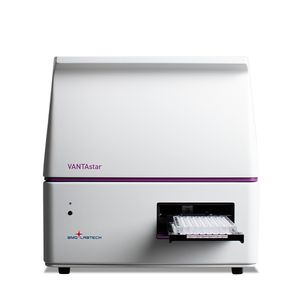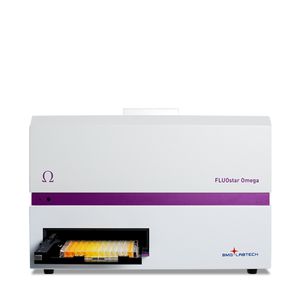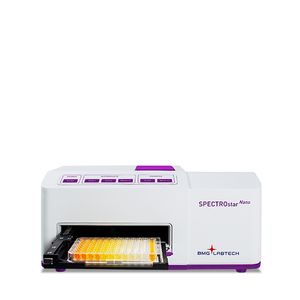Neuroscience Webinars
Learn from the latest webinars about newly released neuroscience research and advances in experimental techniques. Topics include research news in neuroscience, neurology, psychology, brain science and cognitive sciences.
Show More
-
MAR 07, 2019 | 7:00 AMDATE: March 7, 2019TIME: 4:00pm CET PSCs represent an important tool in a wide range of applications, including basic research, disease...
-
MAR 06, 2019 | 11:00 PMDATE: March 7, 2019TIME: 8:00am CET PSCs represent an important tool in a wide range of applications, including basic research, disease...
-
MAR 05, 2019 | 10:00 AMDATE: March 5, 2019TIME: 10:00am PSTSingle cell analysis, starting with the earliest low parameter fluorescent experiments, helped define the major cell subsets of human ce...
-
FEB 27, 2019 | 8:00 AMDATE: February 27, 2019TIME: 8:00am PST Pluripotent stem cells (PSCs) can form any tissue or cell in the body, and are the ideal starting material to manufacture...
-
FEB 20, 2019 | 9:00 AMDATE: February 20, 2019TIME: 9:00am PST ...
-
FEB 07, 2019 | 8:00 AMDate: February 7, 2019Time: 8:00am PST, 11:00am EST Modern microscopes are becoming increasingly complex instruments enabling registration of image sets far beyon...
-
DEC 04, 2018 | 7:00 AMDATE: December 4, 2018TIME: 4:00pm CET PSCs represent an important tool in a wide range of applications, including basic research, disease...
-
DEC 03, 2018 | 11:00 PMDATE: December 4, 2018TIME: 8:00am CET PSCs represent an important tool in a wide range of applications, including basic research, disease...
-
NOV 15, 2018 | 10:00 AMDATE: November 15, 2018TIME: 10:00am PT, 1:00pm ET Multiplex fluorescence immunohistochemistry offers a window into the biology of human disease, enabling the ana...
-
NOV 13, 2018 | 6:00 AMDATE: November 13,2018TIME: 3:00pm CET, 7:30pm IST, 06:00am PST The assessment of cell health and cellular responses after experimental manipulation continue to be a very important...
-
NOV 07, 2018 | 8:00 PMDATE: November 7, 2018TIME: 8:00PM PSTExosomes have been shown to have significant roles in cancer including disease progression acting in the tumor micro-environment, metasta...
-
NOV 07, 2018 | 7:00 AMDATE: November 7, 2018TIME: 7:00AM PDTExosomes have been shown to have significant roles in cancer including disease progression acting in the tumor micro-environment, metastasis a...
-
AUG 09, 2018 | 8:00 AMDATE: August 9, 2018TIME: 8:00am PDT, 11:00am EDT Current exon-level arrays and NGS techniques for CNV detection are plagued with a high number of false-positive...
-
JUN 07, 2018 | 7:00 AMDATE: June 7, 2018TIME: 07:00AM PDT, 4:00PM CESTIn this webinar, Prof. Greetje Vande Velde will give an overview of her work, which involves lung and brain infections. Dr Vande Ve...
-
MAY 02, 2018 | 8:00 AMImmunohistochemistry protocols, which utilize antibodies to visualize proteins in tissue sections, have many steps that need optimized to prevent non-specific background effects, artifacts, o...
-
APR 27, 2018 | 10:00 AMDATE: April 27, 2018TIME: 10:00am PST, 1:00pm ESTGlioblastoma (GBM) and Medulloblastoma (MB) are the most common adult and paediatric brain tumours, both of which can have devastating c...
-
APR 17, 2018 | 8:00 AMDATE: April 17, 2018TIME: 8:00AM PST, 11:00AM ESTRecently, much research has focused on obtaining 3D brain organoids in an attempt to better recapitulate brain development and function...
-
Autism spectrum disorder (ASD) is a complex group of individually rare neurological conditions with genetic and non-genetic causes. Despite the strong genetic component of ASD, it has been ve...
Cortical plasticity is the neural mechanism by which the cerebrum adapts itself to its environment, while at the same time making it vulnerable to impoverished sensory or developmental experi...
Determining the copy number of SMN1 and SMN2 genes is notoriously difficult due to the high level of homology between the two genes. These genes, that are associated with spinal muscular atro...
The study of rare, neurological disorder and the development of effect treatments can pose many unique challenges. A paucity of scientists working on these disorders often limits forward prog...
